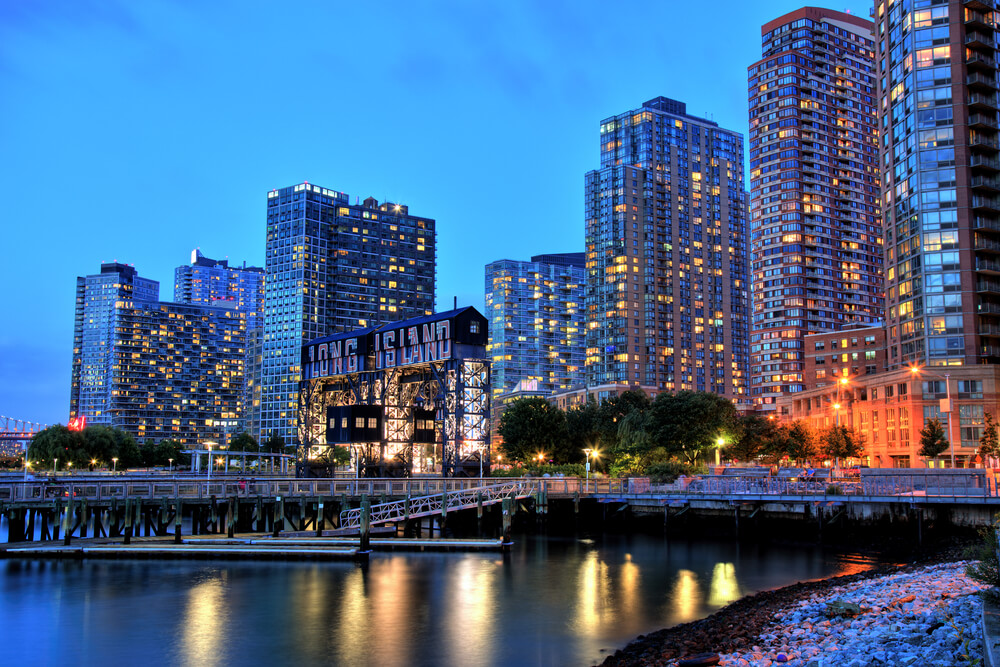In a towering skyscraper on Crescent Street, black-suited business owners and representatives from the life science sector listened on Tuesday to reasons why more from their industry should come to Long Island City.
“It doesn’t just mean more cures, it means more jobs,” said James Patchett, president and CEO of the New York City Economic Development Corporation (NYCEDC).
The future of life sciences could be in Long Island City, according to a study released today by the Long Island City Partnership, an economic development agency in Queens.
The life sciences industry refers to companies in the fields of biotechnology, pharmaceuticals, biomedical technologies, life systems technologies, nutraceuticals, cosmeceuticals, food processing, environmental science and biomedical devices. It also refers to organizations and institutions that devote the majority of their efforts to the research, development, technology transfer within the industry and its commercialization.
The study, called the Long Island City Life Sciences Feasibility Study, was partially funded by a grant from the Empire State Development (ESD) which is the state of New York’s economic development agency.
It analyzed three other U.S. life sciences hubs and conducted an economic impact analysis to identify jobs and spending that could be generated. Toward the end, it gives specific recommendations to further advance a life sciences sector in Long Island City which include investing in transit, beautification and incentive programs.
“LIC’s strengths as a community and opportunities for space align with life sciences company needs and the NYC markets specific demands,” said Elizabeth Lusskin, president of the Long Island City Partnership.
According to the study, Long Island City is a “critical part of the industry’s potential future in New York City.” It cited a combination of affordable space, easy access to transit and a rich community, which Lusskin described as talent-filled, as the main reasons to invest in the neighborhood.
“It seems like everyone wants to be in New York now,” said Patchett.
The report highlights the neighborhood’s ample development sites, appropriate building stock, favorable zoning for life sciences uses, relative real estate costs, proximity to both Manhattan’s East Side medical research corridor and the Cornell Tech innovation campus on Roosevelt Island, convenient access to two major airports and high quality live-work character.
Long Island City has 8 million square feet of office and industrial space, making it one of New York City’s largest central business districts.
As many Queens residents already know, Long Island City is the fastest growing neighborhood in the United States. According to reporting from the Intelligencer, from 2010 to 2017, there were 12,000 apartments built in LIC. The neighborhood’s skyline looks similar to that of New York City’s financial district, strikingly different than how it looked less than a decade ago.
As QNS has reported, Long Island City residents have pushed back against development a number of times. In a neighborhood now known glassy high risers, locals have been weary of more interest.



































